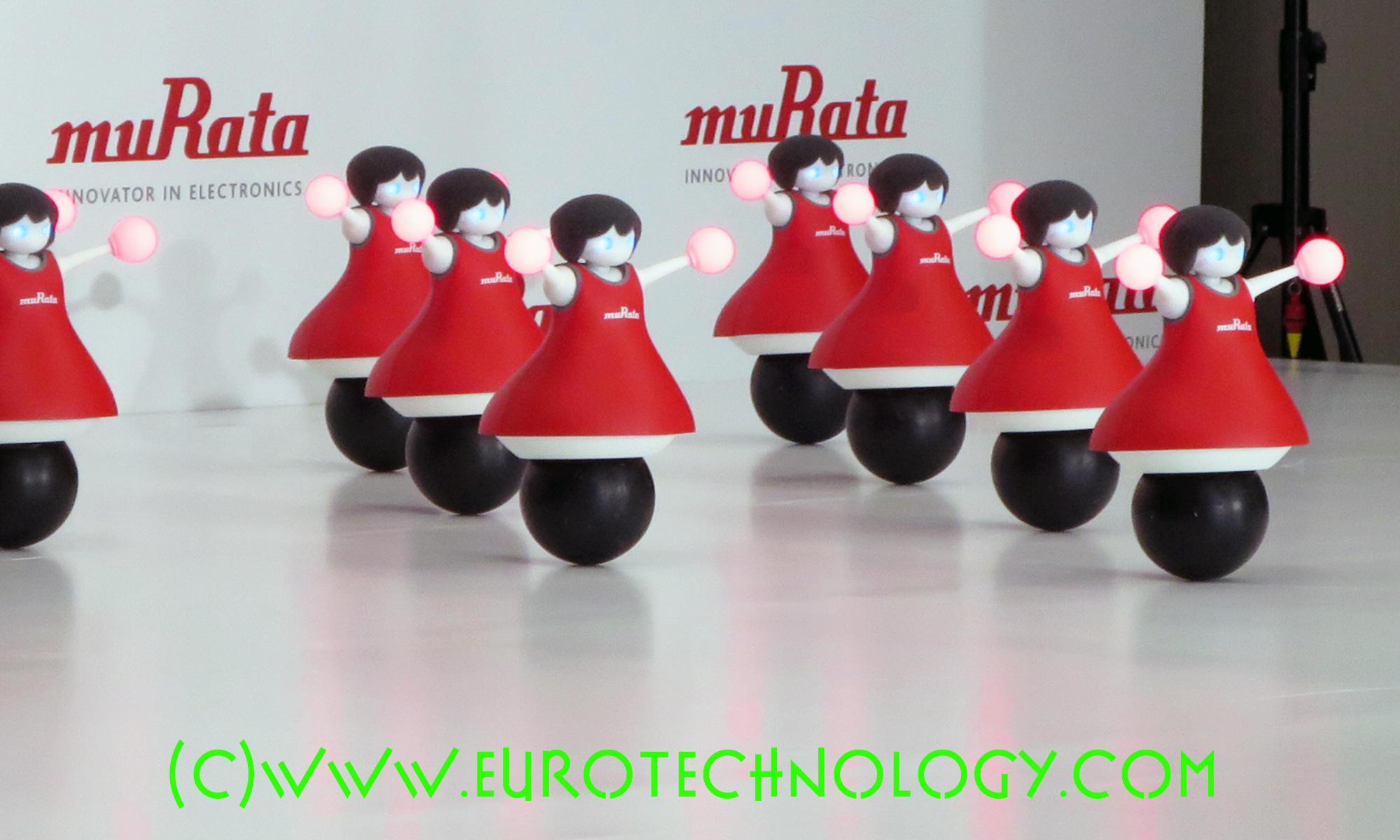Category: robotics
-

Murata cheerleader robots: stability, sensing, synchronized dance – waiting for open innovation and APIs?
Murata and its robots Murata introduced their newest Cheerleader robots in a press event on September 25, 2014 in Tokyo.Purpose of the robots is brand building and advertising of the company’s components and capabilities. Watch the Cheerleader robots dance synchronously here: Murata Manufacturing (村田製作所) While Japan’s eight electronics conglomerates stagnate in both revenues and income…